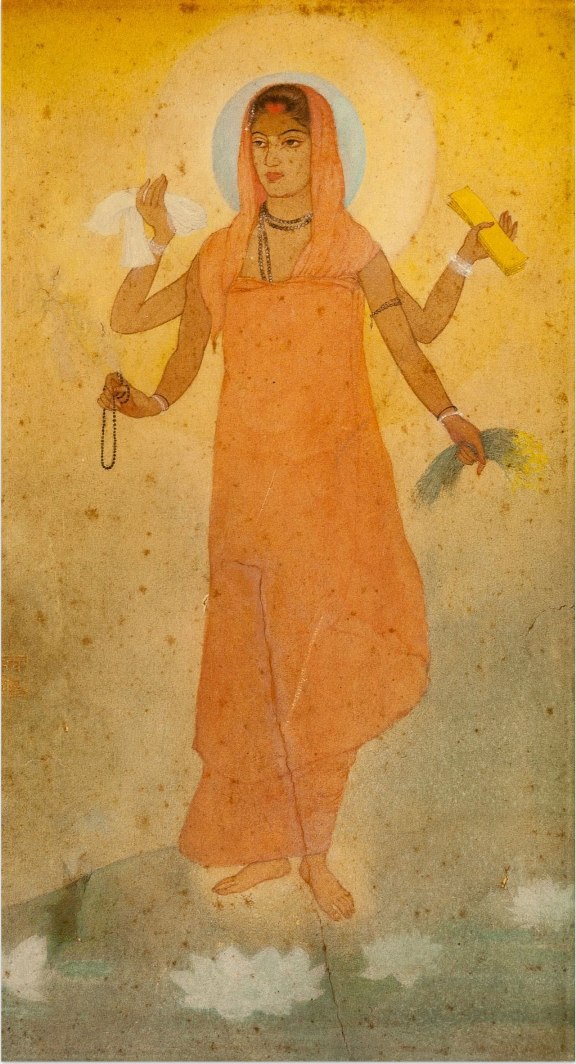Bengal School

Bengal School
The Bengal School of Painting, an influential art movement originating in early 20th century India, is a testament to the country's rich cultural heritage. This school of art emerged as a direct response to the prevalent academic art styles introduced by both Indian artists like Raja Ravi Varma and British art schools. The movement, fueled by Indian spiritual ideas, was propelled by Ernest Binfield Havell, the British art teacher at the Calcutta School of Art, and the renowned Indian artist Abanindranath Tagore. Their aim was to revive traditional Indian artistic practices and create a unique national identity in art, diverging from Western influences.
At the heart of the Bengal School was the aspiration to embody India's distinct spiritual qualities through art. The school drew inspiration from Mughal miniatures, expressing the country's spiritual essence contrary to the materialism of the West. This movement saw the creation of iconic works like Tagore's "Bharat Mata" (Mother India), a portrayal of a young woman with four arms holding symbols of India's national aspirations, embodying the patriotic spirit of the school.
The Bengal School's influence extended beyond painting, impacting sculpture, printmaking, and textile design. The school's emphasis on Indian cultural and historical narratives was evident in its themes, which included Indian literature, mythology, folklore, and historical events. This focus not only celebrated India's heritage but also fostered a sense of pride and nationalism. The Bengal School artists like Nandalal Bose, Sunayani Devi, and Asit Kumar Haldar synthesized traditional and modern techniques, creating a distinct visual language that resonated with both traditionalists and modernists.
The legacy of the Bengal School is profound, continuously inspiring artists and shaping modern Indian art. Its role in reasserting India's artistic identity and promoting a nationalistic spirit is unparalleled. Bengal continues to produce some of the best modern Indian artists, with institutions like the Government College of Art & Craft nurturing students in the traditional styles of the Bengal School.
For collectors and experts in art and antiques, the Bengal School represents an era of artistic revolution and nationalistic fervor. It offers a window into India's struggle for cultural identity during the colonial period and its journey towards artistic autonomy. To stay updated on new product sales and auction events related to the Bengal School, sign up for our updates. This subscription will keep you informed about the latest developments in this fascinating field of art.
| Country: | Asia, India |
|---|---|
| Start of the period: | 1907 |